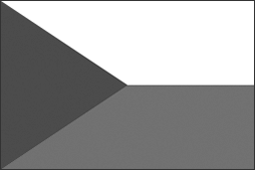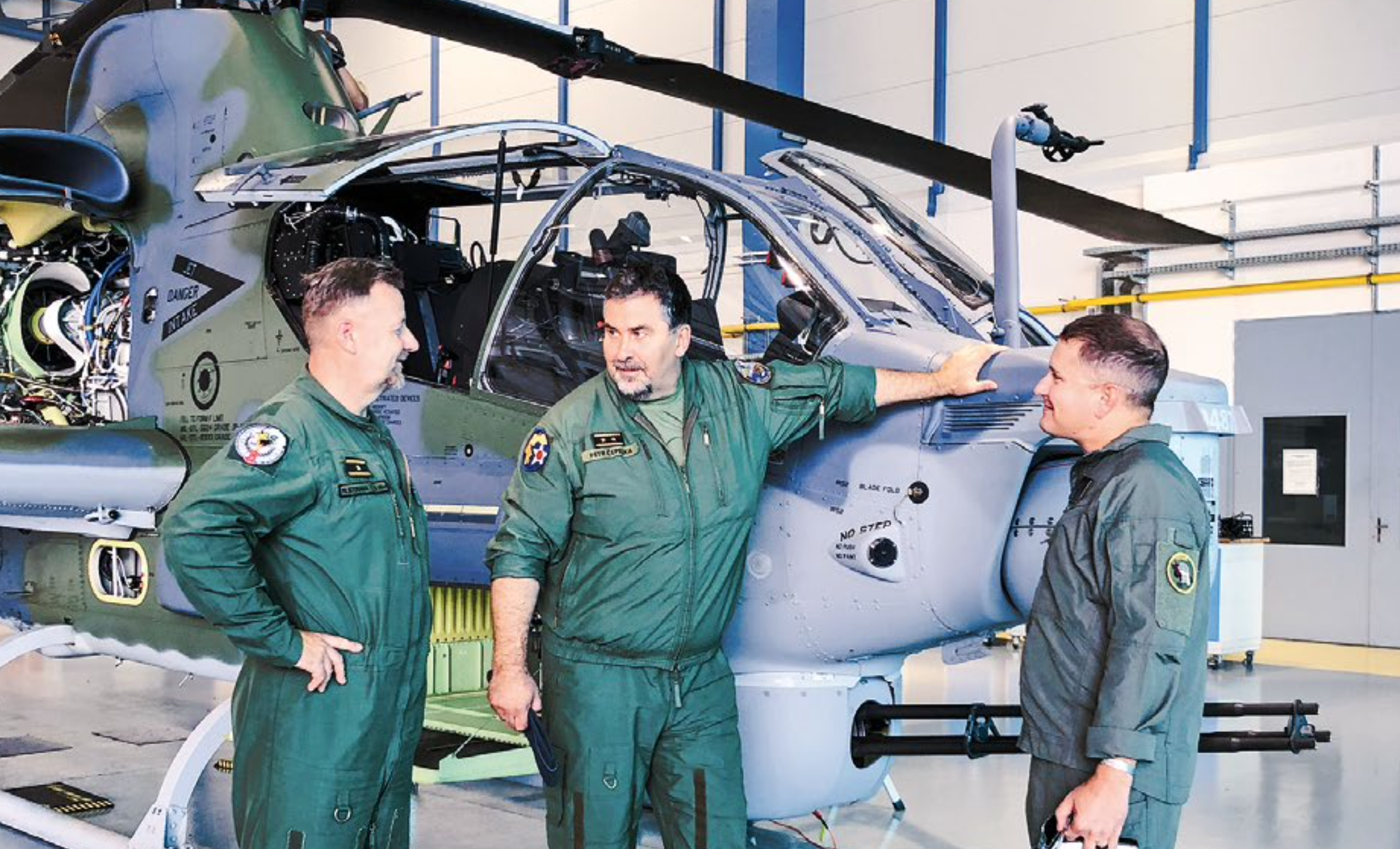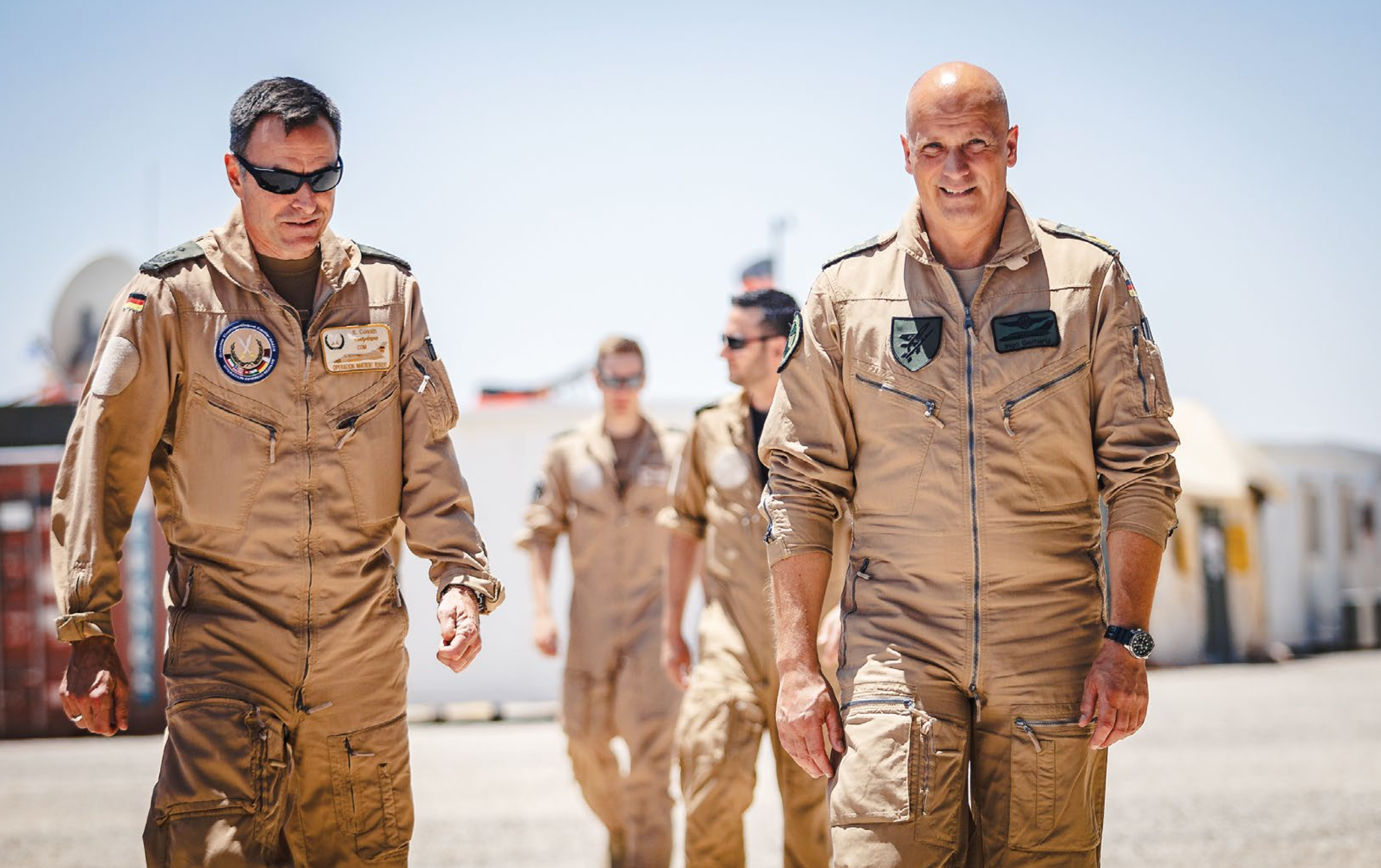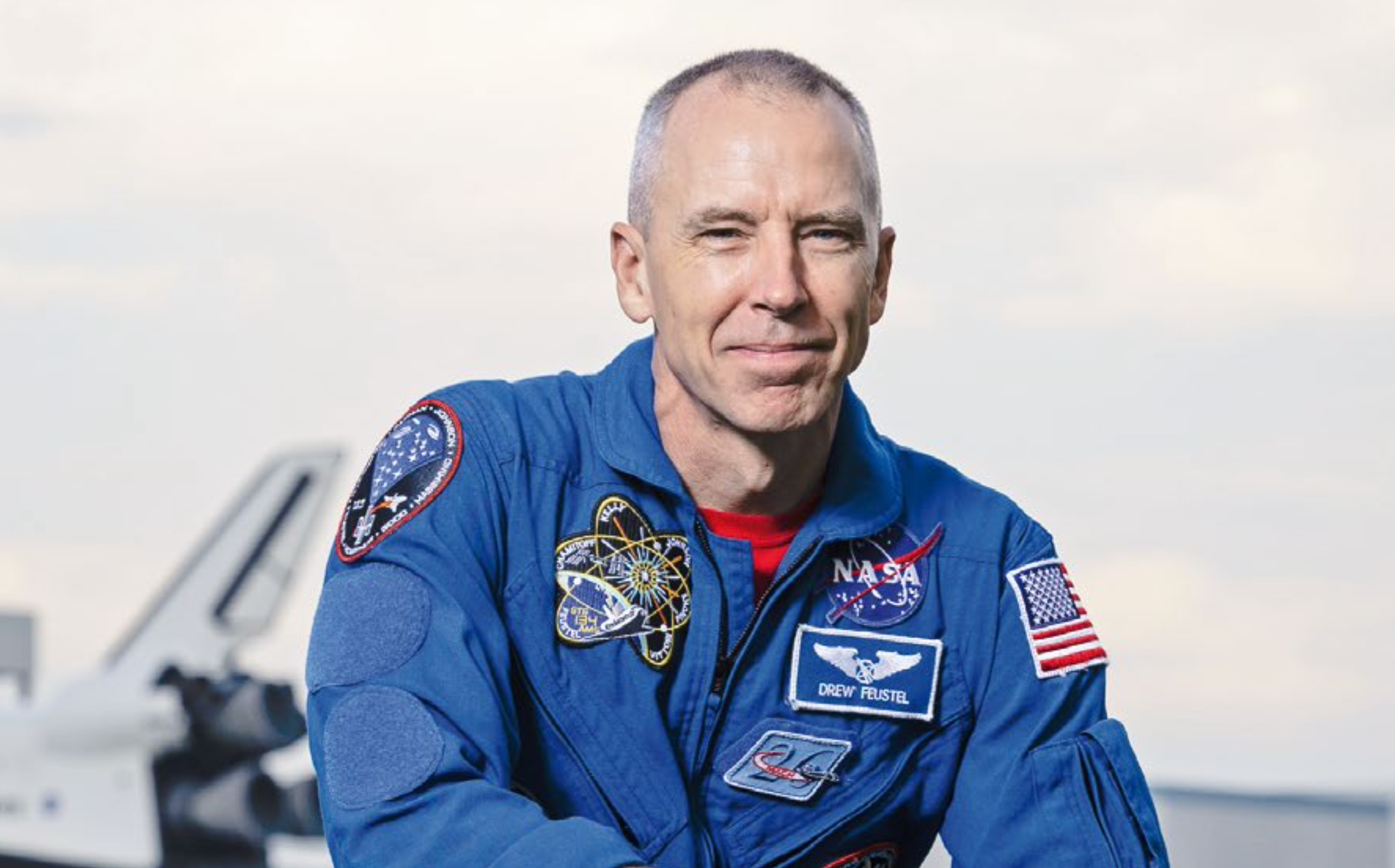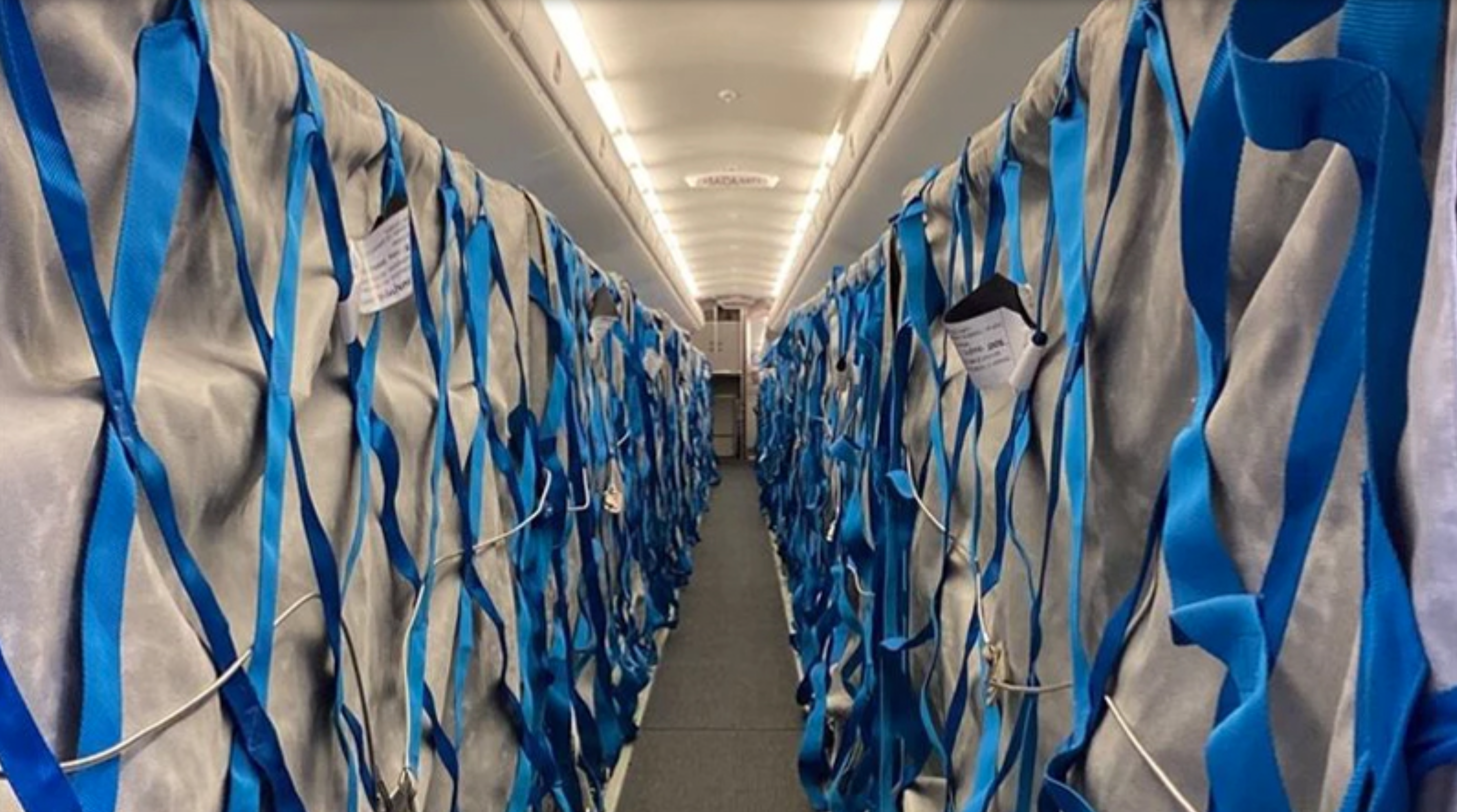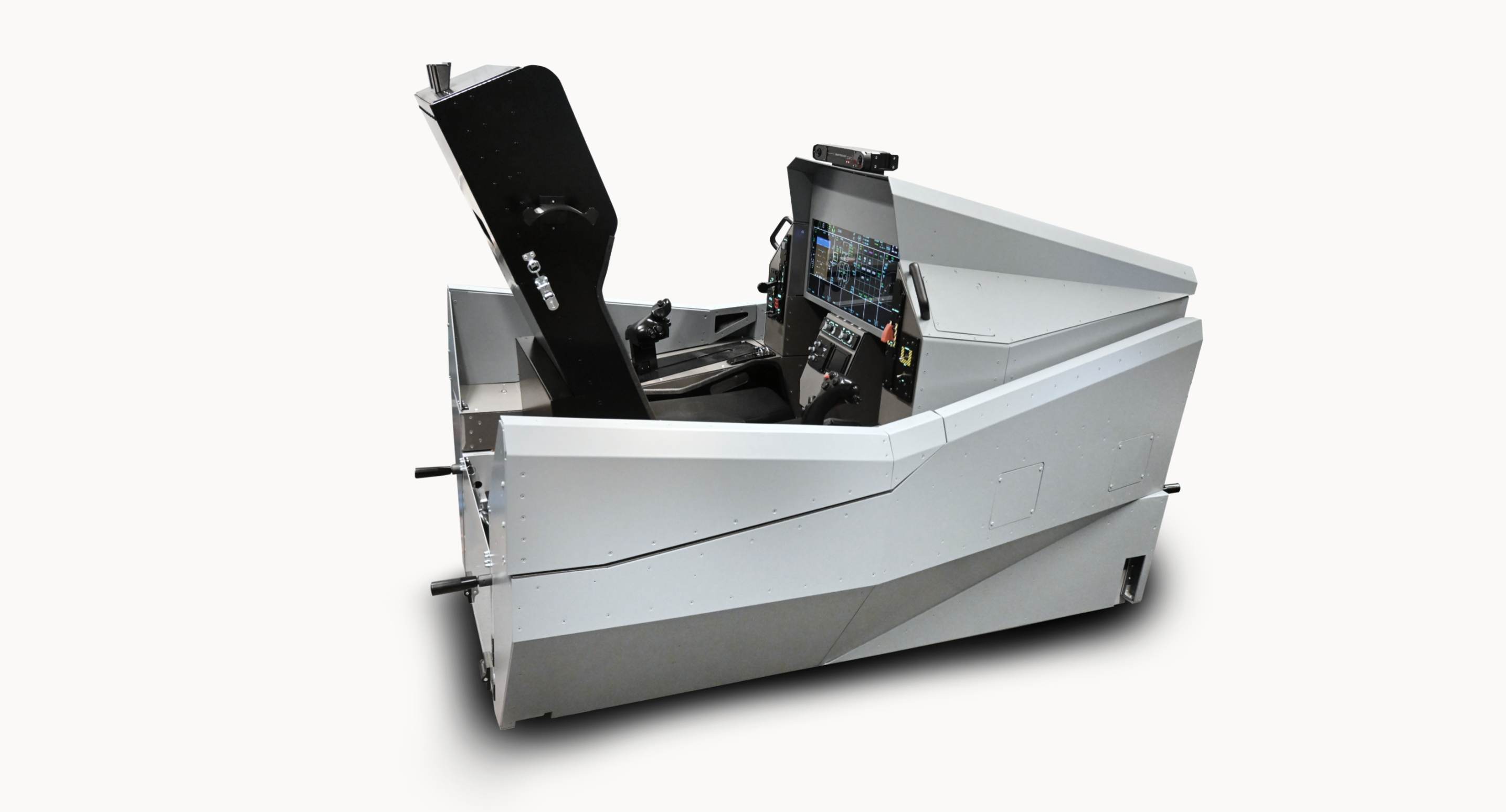Aero Vodochody, the company with historically the largest production of light jets in
Europe and one of the biggest in the world, commemorates its 100th anniversary
stronger than ever before. With its outstanding new L-39NG launched a few months
ago and a firm footing in global aeronautical markets, the company is set to be a
proud follower of the Czech aviation expertise, professionalism and century-long
tradition. Aero’s President and CEO, Mr Giuseppe Giordo, spoke about the company’s
latest achievements and its future prospects, while Executive Vice President L-39NG,
Mr Marco Venanzetti, provided an insight into the L-39NG programme challenges and
opportunities.

Interviewed by: Romana Moares
Mr Giordo, Aero Vodochody has always had a distinctive position in the market, not
just with its proprietary products but also as a strategic partner to major global
aircraft manufacturers. What do you think are the competitive advantages of the
company? What sets it apart from competitors?
I believe it is the right combination of cost and advanced technology, supported by the
extensive experience that we have in the aeronautical sector. Aero is historically the largest
jet trainer producer in the world. As you know, the company is commemorating its 100th
anniversary, having produced more that 11,000 aircraft in that time – something which is not
that common in the aeronautical world. So it is cost effectiveness and the very high level of
technology that differentiates us from other players in the sector, primarily of course in the
segment of jet trainer and light combat aircraft.
Do you think that the company will be able to sustain this technological advantage
and expertise in light of notorious shortage of skills, particularly technical skills, that
plagues many European industry sectors including aviation? Are you able to attract a
young generation of engineers?
It is of course not easy to find new skilled resources particularly on the engineering side: this
is an issue we are facing every single day. We have adopted a proactive approach to
creating a new generation of technicians and engineers and we work closely with technical
schools and universities to scout for new talent. This way we have access to the level of
skills we need to sustain the competitiveness of the company – the reality is that you can
compete in the market either if you offer something which already exists, but at a lower cost,
or something that is different. I believe that we will continue to sustain the human capital
needed to secure this competitiveness. In this respect, we benefit from the fact that we are
smaller than most of our competitors so we are not looking for hundreds of new experts. I’m
sure we will continue to be successful in finding, hiring and retaining the expertise we need.
Could you very briefly describe recent projects that represent a clear and true
reflection of your capability and competence?
The L39NG is obviously the best demonstration of our capability. To design, develop and
produce a completely new aircraft – that is not something common in the market, particularly
if you consider that we started this programme in 2016. The L39NG is the best
demonstration of what Aero can do – it is a new, highly efficient trainer and light attack
aircraft, able to serve as basic, advanced and LIFT trainer thanks to advanced avionics. The
aircraft offers unprecedented efficiency along with minimal maintenance.
I also have to mention the L-159 advanced light combat aircraft, which demonstrates Aero’s
long-term experience in the development and production of military jet aircraft, and also
shows our engineering ability to produce new technologies based on existing platforms. The
system has been successfully implemented in the Czech Air Force and the L-159 aircraft
have also been sold to international customers.
The fact that we are a sought-after cooperation partner for global aircraft manufacturers is
also evidence of our engineering and technical competence, recognised and valued on a
global scale.
What is the current proportion of proprietary and subcontracting production and how
do you see it developing?
Currently around 50 per cent of production falls within collaboration with major players in the
aeronautical world; Aero cooperates with many leading aerospace manufacturers, being
involved in the entire life cycle of civil and military projects, from development to
industrialization and validation of products. Our proprietary products, that means basically
the L-159, L-39 and the new L-39NG account for the other half. What we are strategically
planning is to change the balance to 30:70 over the next two to three years. This will of
course require restructuring of production processes, the labour force mix as well as the
supply chain. This is something we are starting now – 2019 will be a transition year for us. By
2020, with the L-39NG in production, the output should be stabilised.
Which of the cooperation projects you are involved in now do you regard as
strategically important and will keep within the planned 30 per cent?
When deciding on programmes of strategic importance, there are several considerations to
be made – we have to decide how much technical content will be required from us, whether
the project will make us a tier 1 or tier 2 supplier and of course the financial benefits of such
programmes. Based on these considerations, there are two strategic projects that we want
to keep and invest in, as we believe they can generate high returns. The first one is the
Airbus A320 for which we deliver subassemblies and parts, The second programme is the
design, development and production of sections of the new KC-390 multi-purpose military
transport aircraft. This is Aero's second risk-sharing program – a proof of its ability to
participate in important aerospace projects not only as a supplier but also a creative partner
willing to take part of the responsibility for a project’s success.
How do you see the future development of the L-159T2? Do you see demand for this
twin-seat aircraft in new markets?
This configuration has been selected to meet the requirements of the Czech Armed Forces.
The first L-159T2 for the Czech Air Force made its first flight in August 2018, at Aero
Vodochody Airport. With this project, Aero achieved another important milestone. Thanks to
this cooperation with the national customer, the L-159 programme got additional features.
Based on the requirements of the Czech Air Force, we will deliver additional twin seaters
that are suitable not only for advanced pilot training but are also equipped for military
operations.
At the Farnborough Air Show 2018, Aero Vodochody and its strategic partner Israeli IAI
introduced a multi-role aircraft for close air support, the F/A-259 Striker. The F/A-259 Striker
combines the robustness and effectiveness of its successful predecessor – the L-159 Alca –
with the latest advances in avionics and aircraft systems technology. Unlike the L-159T2, the
Striker is intended for export markets.
What measures do you plan to implement to stay competitive in a market where price
slashing is becoming an increasingly important factor?
Cost is obviously the main driver and very important in our business. A company is
competitive provided it has the right combination of cost and technical advantages. This is
always at the back of our thinking. Being based in the Czech Republic clearly provides some
cost advantages but we are also working on making our work processes more cost-effective
using the latest advancements and concepts such as Industry 4.0, deploying a high degree
of automation as well as artificial intelligence. But as I said earlier, it is not all about cost.
What makes us competitive is the mix of the most advanced technologies and the right level
of cost.

Mr Venanzetti, we are now coming to the successor of the legendary L-39 Albatros jet
trainer – the new L-39NG that rolled out of the hangar a few months ago. Can you
summarise the key points of the project?
The L-39NG programme represents a profound modernization of the L-39 Albatros,
combining the latest engine and aircraft systems technology with the traditional advantages
of the legacy L-39s, such as excellent handling qualities, easy maintenance, robust design
and low operating costs. In 2016, we found that the project was sound in terms of its legacy,
however, we revisited the project entirely because we wanted to come up with a product that
would reflect future training needs. We wanted to focus on the new generation of pilots, a
digital generation of young men. So in line with this thinking, we almost completely
redesigned the aircraft – while we decided to maintain the aerodynamic features of the
current airframe, we significantly upgraded the avionics, the systems and introduced the
Williams International FJ44-4M turbofan engine. We wanted the new aircraft to address any
type of training market.
So with the L-39NG, you were trying to envisage future trainer market demands and
reflect them in the aircraft…
That’s right. Today, training is a very complex process that does not include just the aircraft;
in fact, I would even say that the aircraft is the lesser part of the system. So we concentrated
on designing a new training concept that would address all the issues that an air force would
face in the coming decades and, obviously, in doing so we paid particular attention to
emerging technology. For example, in order to provide the pilot with effective training and
enable a smooth transition to the fighter unit, the cockpit of the L-39NG will have many
highly advanced features. The on-board training system is the driver in the new training
environment because it allows for simulation and replication of a lot of situations to be
encountered by frontline fighters.
Can you tell us in what particular way the L-39GN will push training to the next level?
We knew that we were very strong in intermediate training because our aircraft is very
manoeuvrable and very easy for students to familiarise themselves with. After all, a record
more than 3,000 trainer aircraft have been sold in the past. But we wanted to get stronger in
advanced training and have applied some technology elements to ensure that we have a
trainer that is capable of covering the whole syllabus. But as I said before, it is not only about
the aircraft as such – the L-39NG is a key component of an innovative training concept
developed by Aero that includes state-of-the-art ground-based training devices, new learning
methods and environments and extensive use of Virtual Reality and Artificial Intelligence
technologies. The L-39NG has also been designed as a maintenance-friendly aircraft in
anticipation of many decades of service.
If you were to pick only one special feature of the L-39NG, which one would it be?
Only one? Flexibility. We have an aircraft that may be used for any kind of training with low
operating costs, available for a very good price, comparable to the original L-39 and even to
current turboprops. This aircraft can be used in any environment, in any scenario, doing a
variety of missions in a cost-effective manner. Plus it has the flexibility that the turboprops
don’t, in terms of high altitude and high speed. In summary, this is an aircraft that can do
everything, extremely efficiently, for the best acquisition cost available in the market.
The aircraft was rolled out after just two years. Did you encounter any challenges
during the project?
The project ran smoothly with the valued involvement of all business partners – the
collaboration worked very well and we were confident that we would reach all the targets
that we had set for ourselves. We had said that the plane would be able to fly by the end of
2018 and so it did, despite the fact that we included a lot of extras over the course of the
project. The development of the L-39NG has been accelerated over the last two years in
order to be able to deliver the first aircraft to the market in 2020. In 2017, the initial pre-serial
production and the industrialisation phase started, including agreements with all key
suppliers and partners of the project. The certification of the new avionics and engine
installation was already completed by the end of 2017, while the certification of the L-39NG
will be fully achieved by the end of 2019.
Time management has been crucial – you can have the best aircraft on the planet but if you
have it too late you are not going to sell it to anybody. So I would say the biggest challenge
was time, but we managed pretty well.
The aircraft has generated considerable interest and you have already won several
international customers. Where do you see the greatest potential in the future, in
terms of geographical markets?
We are able to address the needs of many different markets. Although the aircraft is
intended mainly for military flight training, it is also suitable for light combat and
reconnaissance missions in any climate conditions. For example, Africa is very promising
but the aircraft is also very well suited for the sophisticated markets of Central Europe and
the Middle East. We are now also looking at the South American countries, as we believe
the L-39NG may be very suitable for their needs.
The development of L-39NG has been an important event for the Czech aviation
sector as a whole. What has been the role of Czech suppliers for the project’s
success?
Some 40 Czech companies participated in the project, allowing us to take advantage of the
incredible aviation tradition and experience in the country. We have benefitted greatly from
their competence and their high degree of professionalism and have formed excellent
relationships with them. We are grateful that they got on-board with this adventure,
continuing the long and rich tradition of Czech aviation. It is partly thanks to this tradition that
L-39NG had a unique starting point, as a replacement for an aircraft that has been
appreciated and liked all over the world. We believe that the L-39NG will change the way
training is done. As such, it is a dignified marking of the 100th anniversary of not only Aero
Vodochody, but of the whole Czech aviation industry.
Photo credits: Aero Vodochody, Aerospace magazine



